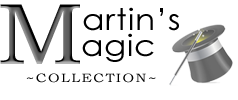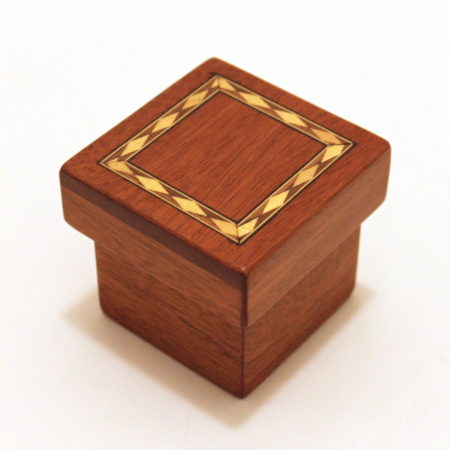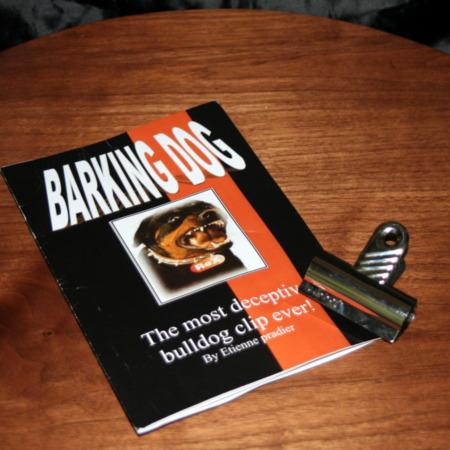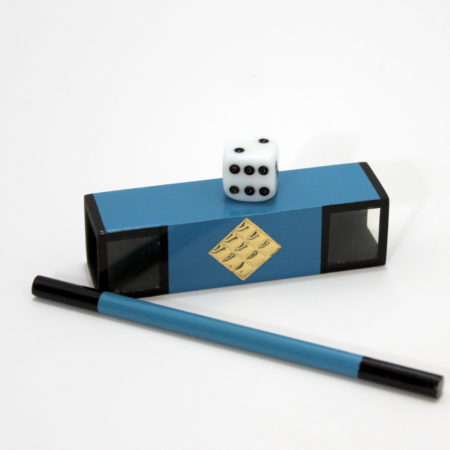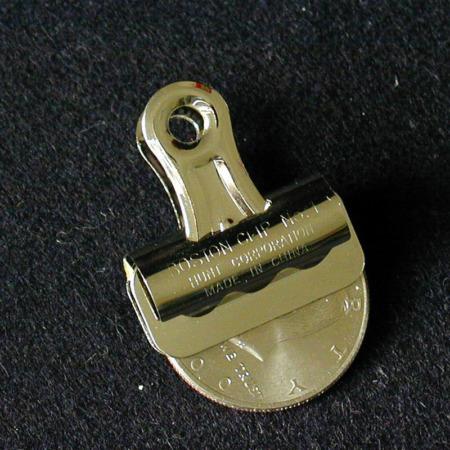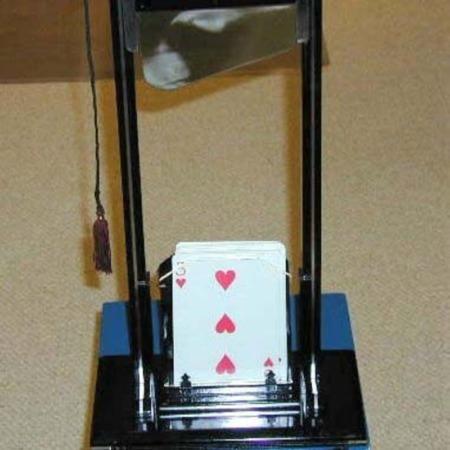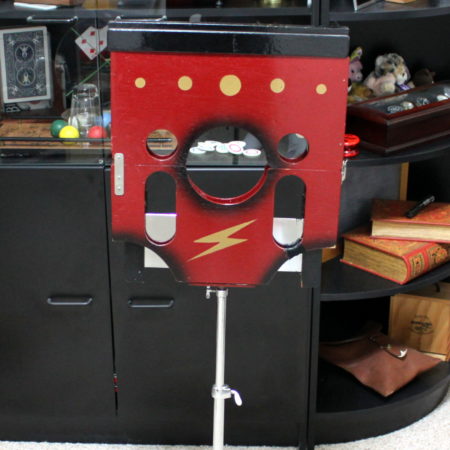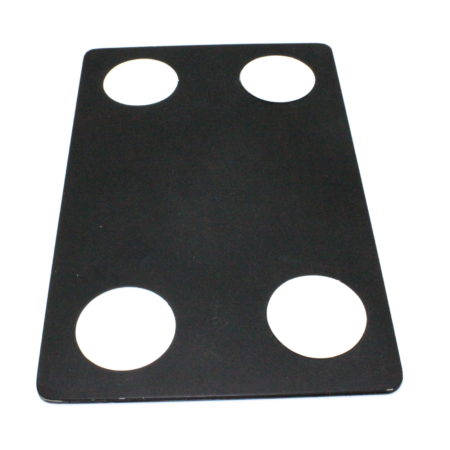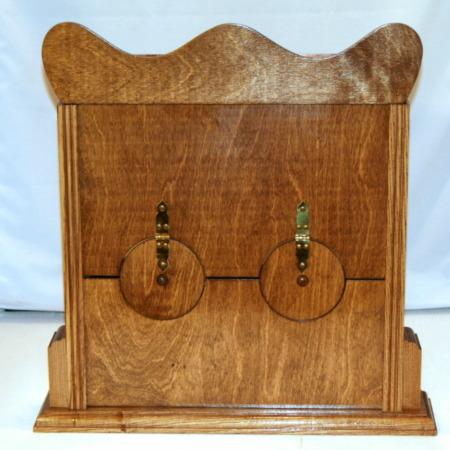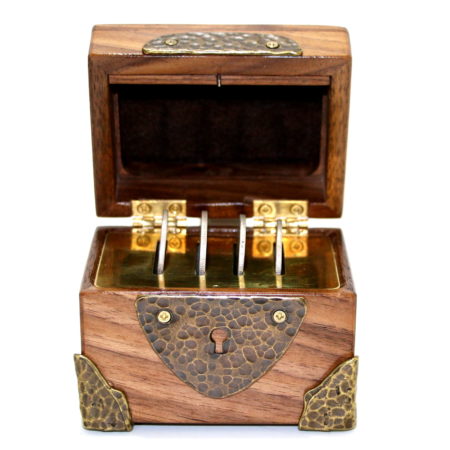
This is a very impressive creation from Dave Powell in conjunction with Stevens Magic. Based upon a coin casket created by New York craftsman Otto Mauer in th 1870’s to vanish four silver coins one at a time when the lid was closed. Otto’s customers and friends included: Trewey, Imro Fox, Horace Goldin, De Bier, Ducrot, Hermann, T. Nelson Downs, Houdini and Thurston!
The coin casket that Dave based his one on was well over 100 years old with over 60 individual parts involving a complex mechanism of solid brass parts and springs, and it still worked perfectly. All handmade and fitted into a decorated wooden box with antique brass fittings! It took over six months to get this project to fruition. Four half dollars, one at a time, are put into the four slots on top of the inner casket. Upon closing the door one coin vanishes! This is repeated three more times until all four coins have vanished!
I’ve included four genuine Silver Walking Liberty Half Dollar Coins because something this beautiful needs the best coins. This casket is significantly nicer than the versions created by George Richbark and the most reliable Coin Casket I have handled – though I have not seen the Original Otto Mauer which I suspect is still going strong.
Click here for more information.
